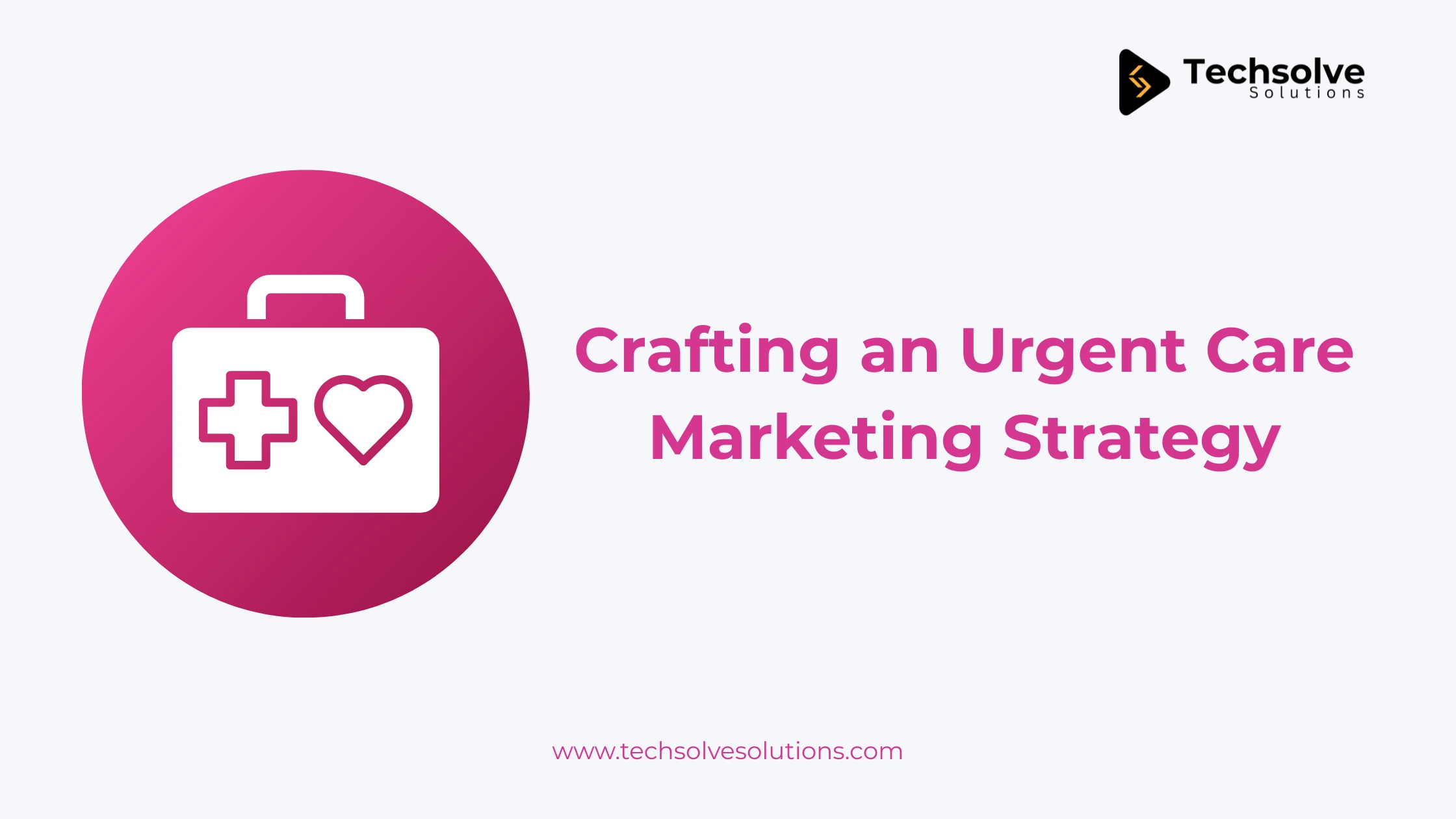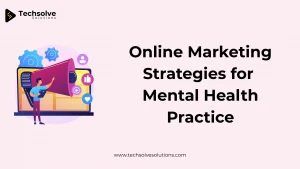
To attract patients who often make quick healthcare decisions based on convenience, healthcare practices must differentiate themselves. A solid marketing strategy is crucial for ensuring visibility, building trust with potential patients, and ultimately increasing revenue.
Here’s a step-by-step guide to creating a strong urgent care marketing strategy for your healthcare practice.
Step 1: Define Your Practice Objectives
Start by establishing clear objectives for your marketing strategy.
- Clarify Your Goals: Are you looking to increase patient volume, expand to a new location, or enhance revenue per visit? Make sure your goals align with your overall vision for your practice.
- Set Measurable Targets: Determine specific metrics to achieve, such as increasing patient visits by 20% within six months if your current monthly patient count is 500.
- Balance Short- and Long-Term Goals: Establish achievable short-term goals alongside ambitious long-term ones. For practices with multiple locations, set break-even targets for each site to identify specific marketing needs.
Aggressive goals may necessitate a larger marketing budget.
Step 2: Identify Your Ideal Patient
Understanding your target audience is essential for effective marketing.
- Geographic Data: Analyze which areas generate the most patients to focus your marketing efforts effectively.
- Demographics: Identify if your primary patients are seniors, families, or professionals and tailor your messaging accordingly.
- Insurance vs. Self-Pay: Track the ratio of insured to uninsured patients to target high-value audiences effectively.
- Patient Behaviors: Evaluate how many patients walk in versus those using online registration to refine your campaigns.
This research ensures your marketing resonates with the right audience while avoiding wasted expenditures.
Step 3: Focus on Key Services
While general healthcare services attract patients, emphasizing specific offerings can set your practice apart.
- Highlight Core Services: Create marketing campaigns for essential services like vaccinations or health screenings.
- Expand Offerings: If you’re introducing new services like mental health counseling, develop specific campaigns to promote them without diverting funds from core offerings.
- Test New Services: Use marketing campaigns to gauge demand for additional services and adjust strategies based on feedback.
Step 4: Recognize Seasonal Trends
Identifying seasonal patterns is vital for effective marketing planning.
- Peak Seasons: Increased demand during flu season means higher competition; consider boosting your ad budget during this period.
- Summer Months: Patient volume may dip, but ad costs are typically lower, making this an ideal time for market share capture. Promote seasonal services like school physicals.
- Local Dynamics: In areas with significant seasonal populations, such as college towns or tourist spots, increase ad spending during peak influx periods.
Aligning marketing efforts with seasonal trends can enhance growth and give you an edge over competitors.
Step 5: Assess Marketing Channels
Evaluate your current marketing initiatives to identify strengths and areas for improvement.
- Website Audit: Ensure your site is mobile-friendly and fast. Use tools like Google’s PageSpeed Insights to identify and rectify issues. Ensure patients can easily find contact information and service pages.
- Google Business Profile: Keep your profile updated with accurate details and actively monitor reviews for quality.
- Advertising Campaigns: Analyze the performance of platforms used, ad effectiveness, spending, and patient conversion rates.
Consider exploring additional marketing channels based on your findings.
Step 6: Determine Your Marketing Budget
View marketing as an investment rather than a cost. A well-planned budget can yield significant returns.
- Percentage of Revenue: Allocate 3-5% of gross revenue for marketing; aggressive growth may require 8-10%.
- Cost-Per-Acquisition Analysis: Anticipate patient acquisition costs through online ads to evaluate your return on investment.
- Beyond Ads: Include expenses for optimizing your Google Business Profile, website maintenance, and managing patient reviews.
Step 7: Decide Between In-House or Agency
Choosing to manage marketing internally or hire an agency is a critical decision.
- In-House Challenges: Attracting skilled marketing talent can be challenging, and even experienced marketers may lack comprehensive digital expertise.
- Agency Advantages: Partnering with an agency provides access to a team of specialists, often at the cost of one full-time hire. Look for agencies with healthcare experience for optimal results.
Step 8: Implement Tracking Mechanisms
Effective tracking is essential to assess marketing success.
- Google Analytics: Set up tracking to measure website performance and key conversion events.
- Google Ads Tracking: Use auto-tagging and UTMs to gauge ad effectiveness.
- Tracked Phone Numbers: Differentiate marketing-driven calls from other inquiries.
- Daily Reporting: Monitor patient counts to evaluate marketing impact, especially for practices with high walk-in traffic.
Proper tracking allows for a clear evaluation of ROI and strategic adjustments.
Ongoing Optimization
Marketing strategies require regular review and refinement.
- Monthly Reviews: Monitor campaign performance and identify areas for improvement.
- Adjust Goals: If you’re exceeding targets, set new benchmarks to sustain growth.
- Stay Flexible: Be prepared to pivot strategies based on new opportunities or challenges.
Success in your healthcare marketing strategy depends on continuous improvement and refinement.
Conclusion
A well-planned marketing strategy is vital for growing your healthcare practice. By following these steps, you can attract more patients, enhance visibility, and increase revenue.
For expert assistance in creating a tailored marketing plan, partner with Techsolve Solutions. Contact us today to discover how we can help you succeed in enhancing your online presence and reaching more patients.
Support Program for Start-up and Small Business
Are you a start-up or a small business trying to scale? We are here to provide you with the support you need to overcome common challenges and achieve business success. Check if your business is eligible for our support program!
Support Program Eligibility
** Please note we accept just under 30% of applicants*






